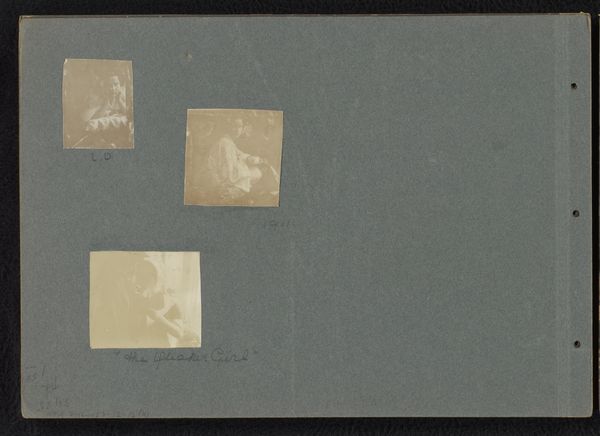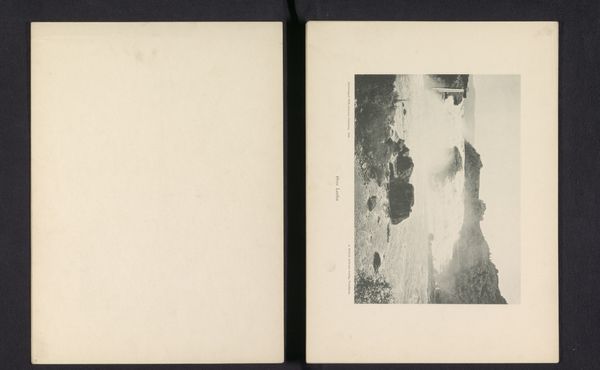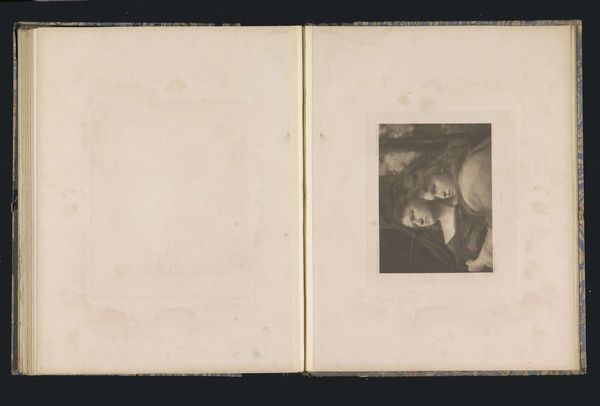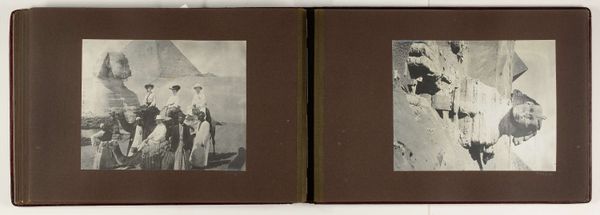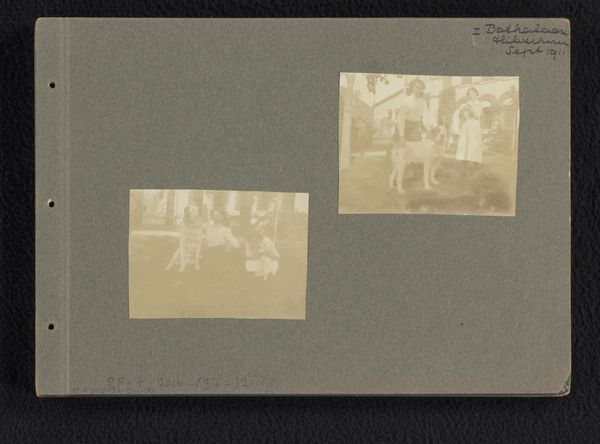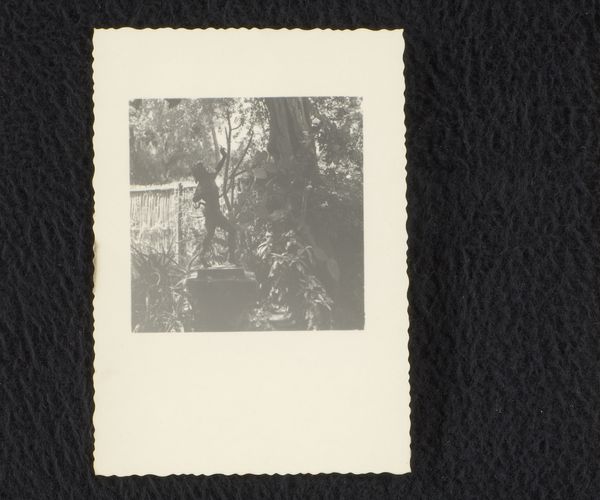
print, photography, gelatin-silver-print
# print
#
photography
#
gelatin-silver-print
#
realism
Dimensions: height 88 mm, width 178 mm
Copyright: Rijks Museum: Open Domain
This stereoscopic card from the late 19th century reveals a microscopic image of the human ear, captured by Gustav Fritsch, a German anatomist and physiologist. Photography, a relatively new medium at the time, enabled a level of detailed observation previously unattainable. The image itself, rendered in monochrome, has a stark, almost clinical quality, emphasizing the scientific nature of the endeavor. The creation of stereoscopic images like this one allowed for a heightened sense of depth and realism. Consider the labor involved: the meticulous preparation of the sample, the precise adjustments of the microscope and camera, and the careful printing and mounting of the final image. This wasn't just about scientific inquiry; it was about crafting a tangible representation of knowledge. By examining such images, we gain insights into the intersection of science, technology, and visual culture in the 19th century, challenging any strict separation of artistic and scientific practices.
Comments
No comments
Be the first to comment and join the conversation on the ultimate creative platform.








